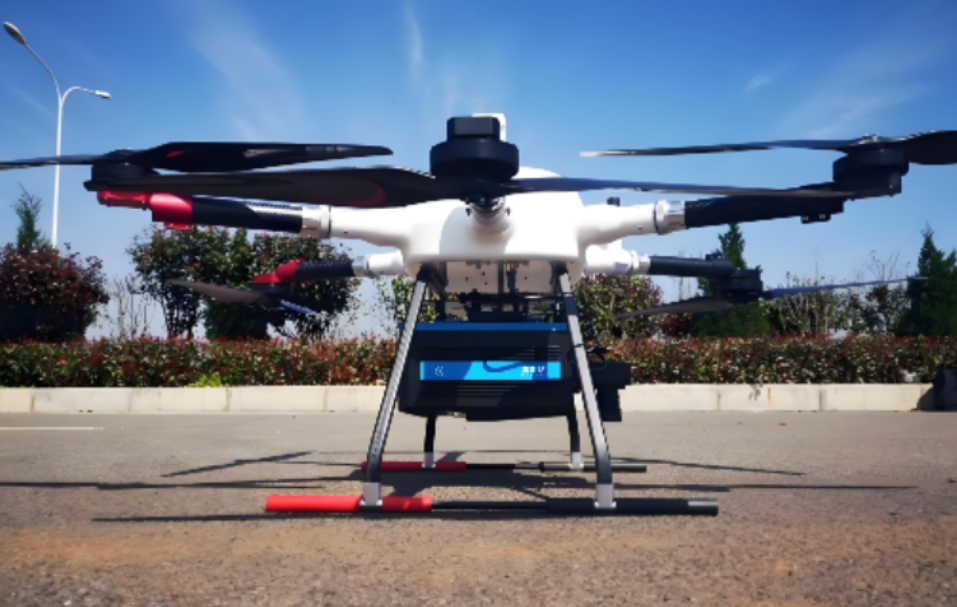
Home
Home
About Geosun
About Geosun
Products
Products
- Hardware
- Mobile LiDAR Scanning System
- gCollector Road Information Collection System
- gSpin POS System
- PPK Solution
Support
Support
News
News
Contact Us
Contact Us

In the realm of LiDAR technology, where precision and innovation converge, Mechanical LiDAR stands as a stalwart, offering a tried-and-tested approach to 3D sensing. But what exactly is Mechanical LiDAR, and why does it continue to hold significance in a landscape dominated by rapid technological advancements? Join us as we embark on a journey to unravel everything you need to know about this foundational LiDAR methodology.

At its essence, Mechanical LiDAR operates on a principle of mechanical motion to steer laser beams and capture spatial data. Unlike its solid-state counterparts, which rely on electronic or optical methods for beam steering, Mechanical LiDAR systems incorporate physical moving parts, such as spinning mirrors or oscillating prisms, to achieve scanning and ranging.
The functioning of Mechanical LiDAR revolves around the manipulation of laser pulses emitted by the LiDAR sensor. These pulses are directed towards the target area using mechanical components that control the orientation and angle of the emitted beams. Upon striking objects in the environment, the reflected light is captured by the LiDAR sensor, enabling the calculation of distances and the generation of detailed 3D maps or point clouds.
Proven Reliability: One of the standout features of Mechanical LiDAR is its proven track record of reliability and robustness. The mechanical components, though subject to wear and tear over time, have demonstrated resilience in various applications, including autonomous vehicles, mapping, and industrial automation.
Wide Field of View: Mechanical LiDAR systems often boast a wide field of view, allowing for comprehensive coverage of the surrounding environment in a single scan. This attribute is particularly advantageous in applications requiring real-time perception of dynamic surroundings, such as autonomous driving and robotics. Scalability: Mechanical LiDAR architectures offer scalability in terms of range, resolution, and scanning speed. By adjusting parameters such as laser power, rotation speed, and scanning patterns, users can tailor Mechanical LiDAR systems to suit specific application requirements, from short-range proximity sensing to long-range object detection. Compatibility: Another notable advantage of Mechanical LiDAR is its compatibility with existing infrastructure and standards. Many LiDAR-based applications, particularly in automotive and surveying industries, have been developed around Mechanical LiDAR systems, making them an integral part of established workflows and ecosystems.Applications and Future Prospects:
The versatility of Mechanical LiDAR extends across a multitude of industries and applications. From enabling safe and efficient navigation in autonomous vehicles to facilitating precise mapping and surveying tasks in urban planning and construction, the impact of Mechanical LiDAR is pervasive and far-reaching.
Looking ahead, ongoing research and development efforts aim to enhance the capabilities of Mechanical LiDAR systems, addressing challenges such as size, weight, and power consumption. Additionally, advancements in complementary technologies, such as artificial intelligence and photonics, promise to further augment the performance and versatility of Mechanical LiDAR, opening up new frontiers in sensing and perception.
As we navigate the landscape of LiDAR technology, Mechanical LiDAR stands as a cornerstone, embodying decades of innovation and refinement. Its enduring relevance in an era of rapid technological evolution underscores the timeless principles of precision, reliability, and versatility. As we continue to push the boundaries of sensing and perception, Mechanical LiDAR remains an indispensable tool, empowering us to explore new horizons and unlock the full potential of our digital world.
URL:https://www.geosuntech.com/News/4.html
Previous:Return
Next:Everything You Need To Know About Semi-solid-state LiDAR




